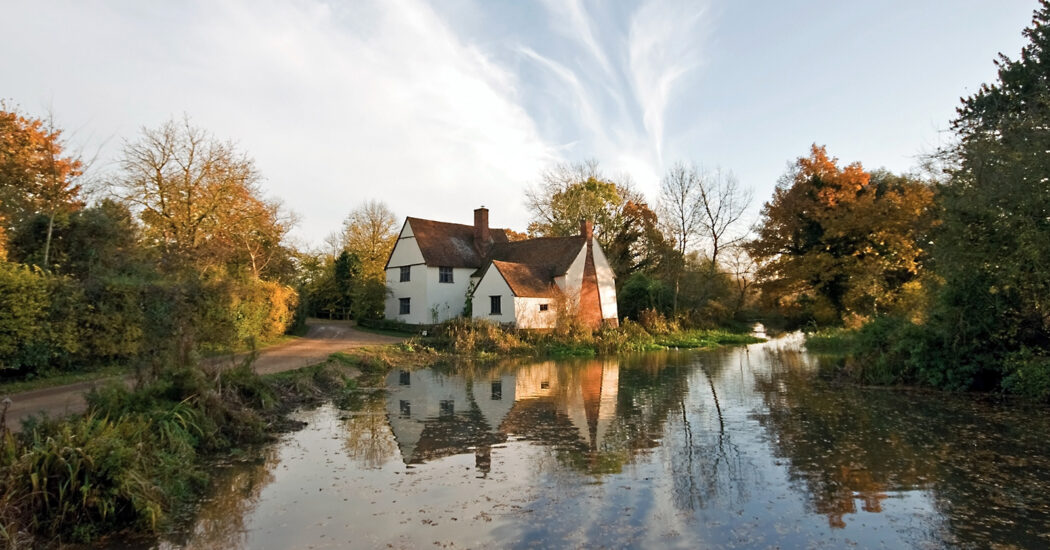A walk along the river or through the countryside at Flatford is, quite literally, walking in the footsteps of one of the greatest painters to have lived.
There’s a good reason why the Dedham Vale, home to Flatford, is so often called ‘Constable Country’ – it’s the place where John Constable was born and spent his formative years.
It’s also the place that inspired so many of his paintings, including, of course, The Hay Wain, thanks to its pastoral scenes with cattle grazing the riverside meadows, old hedgerows and willow trees.
The National Trust looks after a number of historic buildings in Flatford, with connections to Constable’s family. Flatford Mill, Valley Farm, Bridge Cottage and Hay Barn are all cared for by the conservation charity, together with Willy Lott’s House, which famously features in The Hay Wain.
Last month, the Trust also announced it had taken on the care of The Granary, a former flour mill once owned by John Constable’s father, Golding Constable.
Originally a wool store before being converted to hold grain and flour, the 18th century building passed to Golding’s younger son Abram. But it also caught the imagination of John Constable himself, who created a pencil sketch of it in 1813.
The Trust is now developing plans for how to tell the story of The Granary and its place in the history of Flatford, as well as how to ensure it can become a place for visitors to Flatford to discover.
The National Trust also cares for around 235 hectares of land within the Dedham Vale AONB. Most of this is farmland, but there is also wood pasture, woodland and grassland.
“The landscapes and buildings depicted by Constable are still remarkably unchanged, and the sense of timeless “Englishness” within the Dedham Vale is profound.”
Visitors to Flatford can start their exploration of the Dedham Vale by following one of several walking routes, both along the River Stour or heading further inland. Views of the meandering river, small fields, church towers and half-timbered cottages are all recognisable as the same features that Constable painted 150 years ago.







